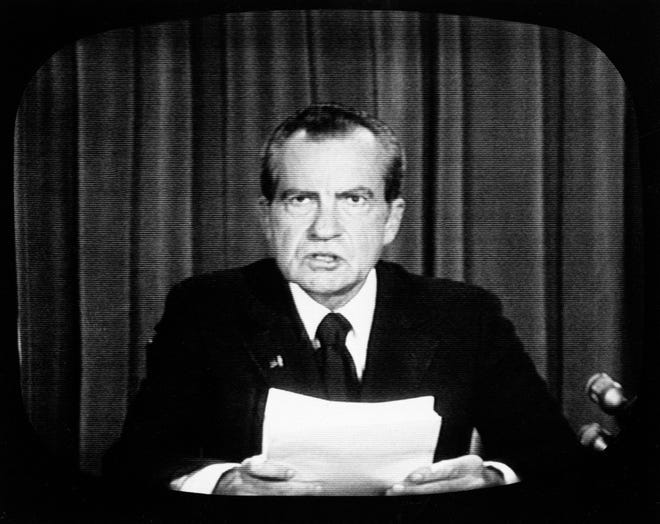In a highly anticipated announcement several weeks ago, Federal Reserve Chair Jerome Powell said the Fed would start reversing its pandemic stimulus programs. Removing the training wheels from the U.S. economy will likely begin as soon as November.
The Fed continues to believe that inflation, while painful, is transitory. This Panglossian scenario may turn out to be a pipe dream.
The Fed cut its short-term benchmark rate to near zero when the coronavirus hit in March 2020. The pandemic lockdown and subsequent recession led to ultra-loose monetary policies and massive asset purchases by the central bank aimed at keeping the economy from heading over a cliff.
Powell said the process of dialing back the government’s buying spree, or tapering, from buying $80 billion in Treasuries a month and $40 billion in mortgage-backed securities since June 2020 should be complete by mid-2022. He indicated that interest rates could start to rise again next year but stressed that the reduction of monthly asset purchases is not tantamount to hiking interest rates.
This move comes even though the Fed does not expect inflation, which is running at the highest rate in decades, to persist. The central bank has consistently contended that this year’s surge is transitory and inflation will soon be close to the Fed’s 2 percent target. Transitory has become a byword of pandemic-era central bank policymaking.
In August, overall consumer prices rose 5.3 percent compared to last year, a slightly slower pace than in June and July but high nonetheless. The Fed still sees core inflation, which excludes food and energy prices, running at 3.7 percent this year before falling to 2.3 percent in 2022 and 2.1 percent in each of the following two years.
The Fed is also cutting its economic growth projection for this year to 5.9 percent from a 7 percent growth forecast in June. It projects that unemployment will fall from the current 5.2 percent to 4.8 percent by year’s end.
It merits noting that a 2 percent inflation rate is still a big deal to everyday Americans. If realized, it would result in prices rising by 22 percent over a decade with no assurance that wages would match the increase.
Closely related, inflation makes life more complicated for savers and retirees living on a fixed income, since it erodes the purchasing power of every dollar, which is the equivalent of raising prices. Within living memory, the average price of a cup of coffee was 50 cents. Today it’s around $3.
The Fed appears to believe that relatively high inflation rates are a temporary phenomenon; prices are rising because of the pandemic and the production shortages that accompany it.
Put differently, the Fed anticipates that inflationary pressures such as spiking energy prices and global supply chain bottlenecks will eventually dissipate. It does acknowledge that factors that are contributing to the recent rise in inflation may last longer than originally projected.
Of course, there is no mention that massive monetary and fiscal stimulus over the past year and a half is contributing to inflation. The Fed continues to blame the supply side for inflation without recognizing that monetary policy is pushing the demand side when there is insufficient supply.
But not to worry, the Fed could be correct as it navigates the fog of uncertainty – but it could be wrong. How long is transitory? Will inflation simply go away on its own? One could conclude from the data that the economy has long been overheating and inflation may continue rising for the foreseeable future.
If that is the case, the Fed should snatch away the punch bowl right away. Realistically, it will not increase interest rates to deal with inflation until Americans are angry enough to vote for the opposition party next year. Then they will have to slam on the brakes by raising interest rates aggressively, and the country may well enter a period of stagflation reminiscent of the 1970s.

